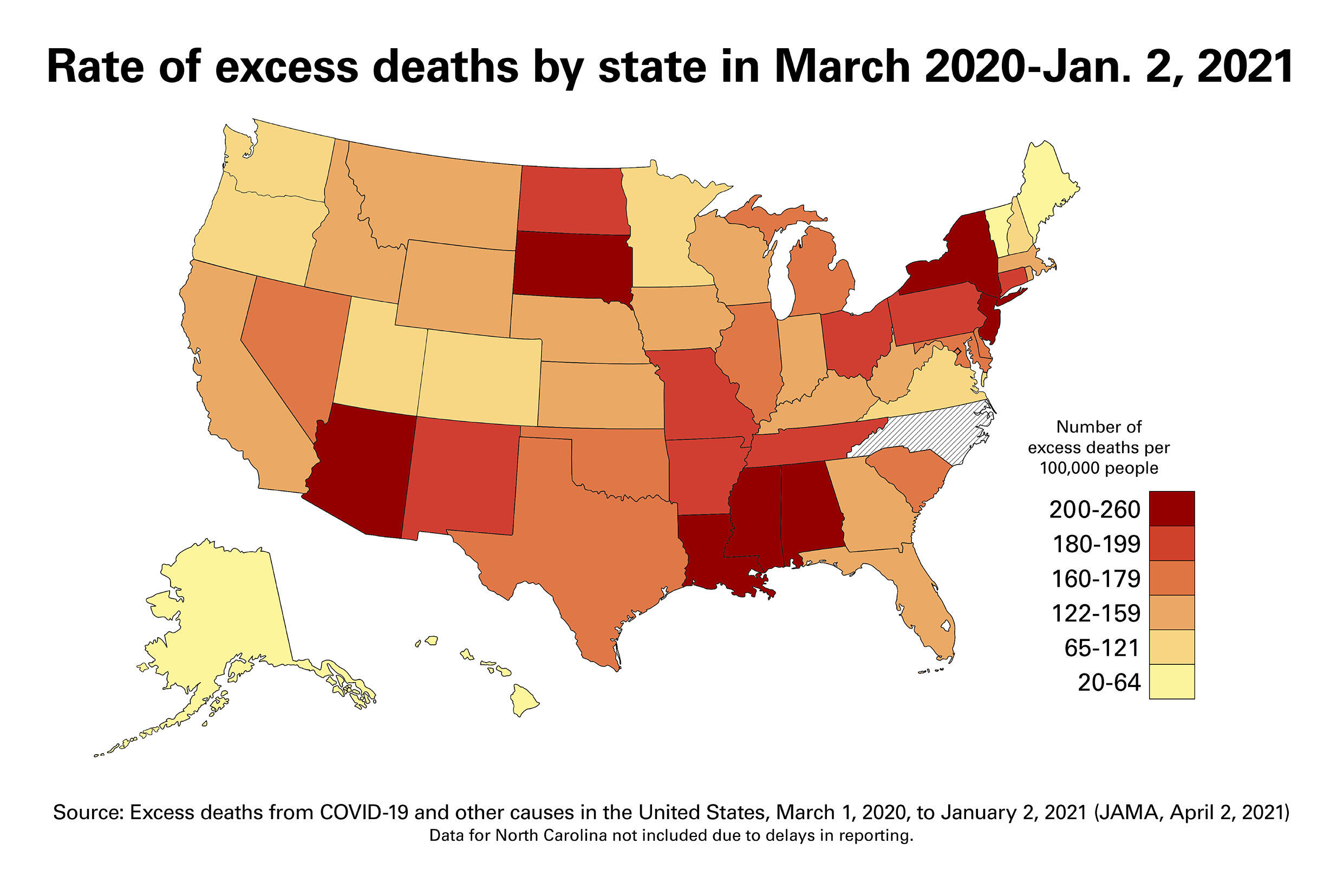In recent years, discussions about death rates in the United States have garnered increasing attention due to their implications for public health and societal well-being. Analyzing the factors contributing to shifts in mortality rates provides insights into both current challenges and areas for intervention. This article explores key trends in U.S. death rates, the impact of various factors, and ongoing efforts to address these issues.
Table of Contents
ToggleTrends in Mortality Rates
As of 2023, mortality rates in the United States have been influenced by a range of factors, including the ongoing effects of the COVID-19 pandemic, chronic diseases, and changes in lifestyle. Recent data indicates that while the overall https://tnchronicle.com/ rate has fluctuated, there have been notable trends in specific causes of death and demographic impacts.
COVID-19 remains a significant contributor to mortality rates, although its impact has varied over time. After surges in cases during earlier waves, the introduction of vaccines and treatments has moderated some of the pandemic’s effects. However, COVID-19 continues to be a key factor in discussions about mortality, particularly among vulnerable populations.
Chronic Diseases and Lifestyle Factors
Chronic diseases such as heart disease, cancer, and diabetes have consistently been leading causes of death in the United States. Despite advances in medical treatments and awareness campaigns, these conditions remain prevalent due to factors such as lifestyle choices, genetic predisposition, and access to healthcare.
The prevalence of risk factors such as obesity, smoking, and poor diet contributes to the persistence of these chronic diseases. Public health initiatives aimed at promoting healthier lifestyles, improving access to preventive care, and addressing health disparities are critical in managing these long-term challenges.
The Impact of Drug Overdoses
In recent years, drug overdoses have emerged as a significant factor affecting mortality rates in the U.S. The opioid crisis, characterized by a surge in opioid-related overdoses, has had a profound impact on public health. Synthetic opioids, such as fentanyl, have contributed to a dramatic increase in overdose deaths.
Efforts to combat the opioid crisis include expanding access to addiction treatment, increasing the availability of naloxone (a medication that can reverse overdoses), and implementing harm reduction strategies. Addressing substance use disorders and their underlying causes remains a crucial focus for public health officials and policymakers.
Mental Health and Suicide Rates
Mental health issues and suicides have also influenced mortality trends. The impact of the COVID-19 pandemic on mental health, including increased stress and isolation, has been a significant concern. Suicide rates have seen fluctuations, with some groups experiencing higher rates of mental health challenges and suicidal behavior.
Addressing mental health requires a multifaceted approach, including improving access to mental health services, reducing stigma, and providing support for individuals in crisis. Enhancing mental health resources and integrating mental health care into broader healthcare services are essential steps in mitigating this issue.
Aging Population and Longevity
The aging population is another important factor in mortality trends. As the Baby Boomer generation continues to age, there is an increase in age-related health conditions and a greater demand for healthcare services. This demographic shift affects overall mortality rates and places additional pressure on healthcare systems.
Efforts to promote healthy aging, improve geriatric care, and support older adults in managing chronic conditions are key to addressing the challenges associated with an aging population. Strategies such as preventive health screenings and supportive community services can help improve quality of life and extend healthy lifespan.
Public Health Initiatives and Policy
Public health initiatives and policies play a vital role in addressing mortality trends. From disease prevention programs and vaccination campaigns to policy changes aimed at reducing health disparities, these efforts are crucial in shaping health outcomes.
Government agencies, non-profit organizations, and healthcare providers collaborate to implement strategies that address both immediate and long-term health challenges. Continued investment in public health infrastructure, research, and community-based programs is essential for improving overall health and reducing preventable deaths.
Conclusion
Understanding the trends and factors behind recent death rates in the United States provides valuable insights into public health challenges and opportunities for intervention. By addressing the impacts of chronic diseases, drug overdoses, mental health issues, and an aging population, and by implementing effective public health strategies, the U.S. can work towards improving health outcomes and reducing mortality rates. Ongoing efforts and research will be crucial in navigating these complex issues and enhancing the overall well-being of the population.


